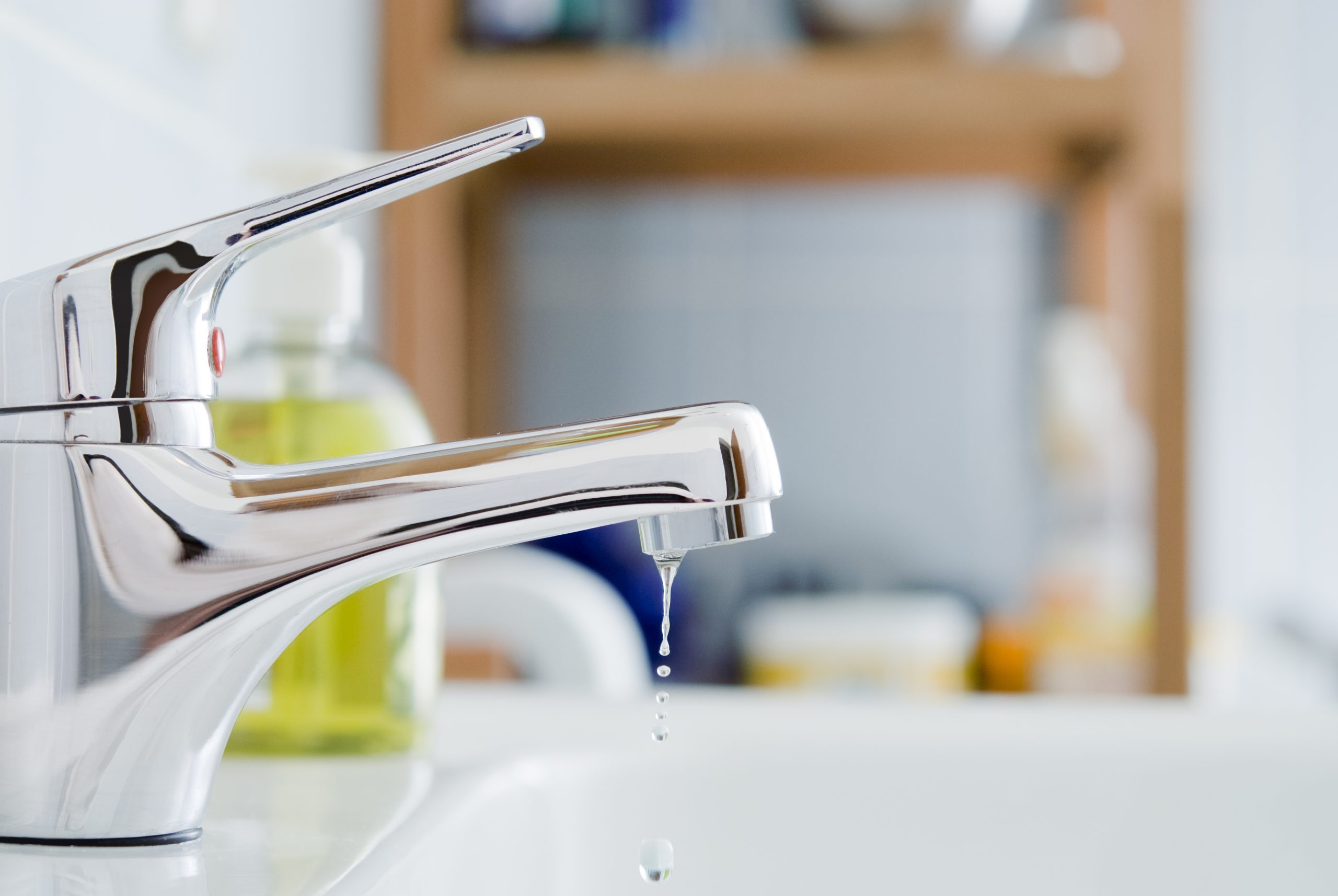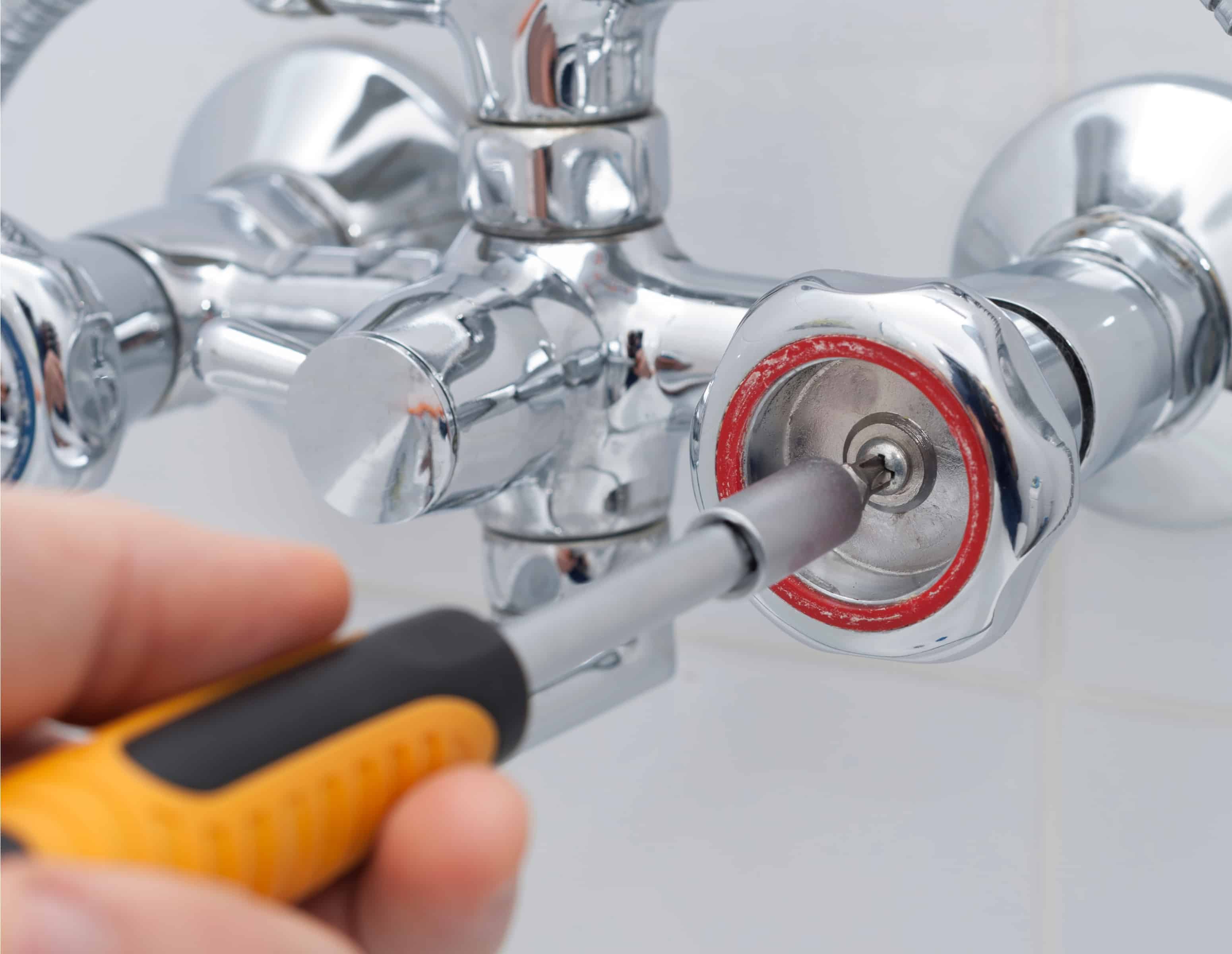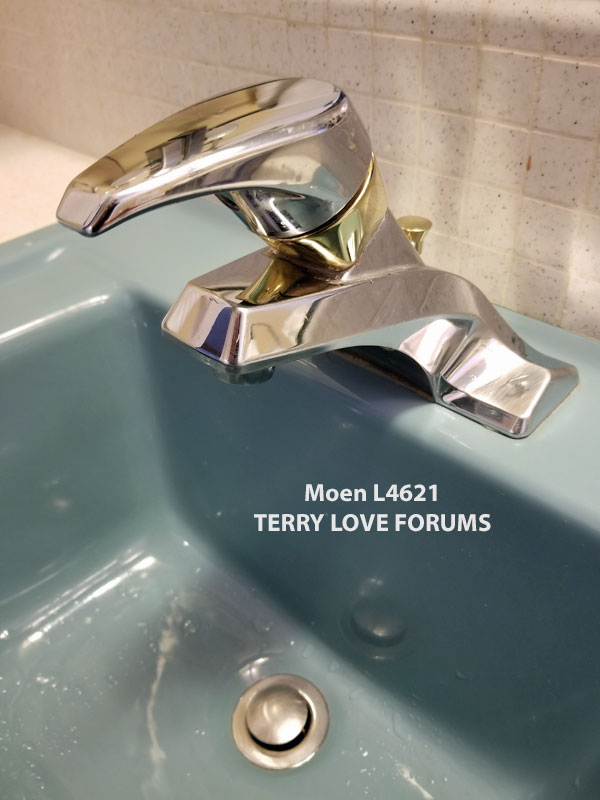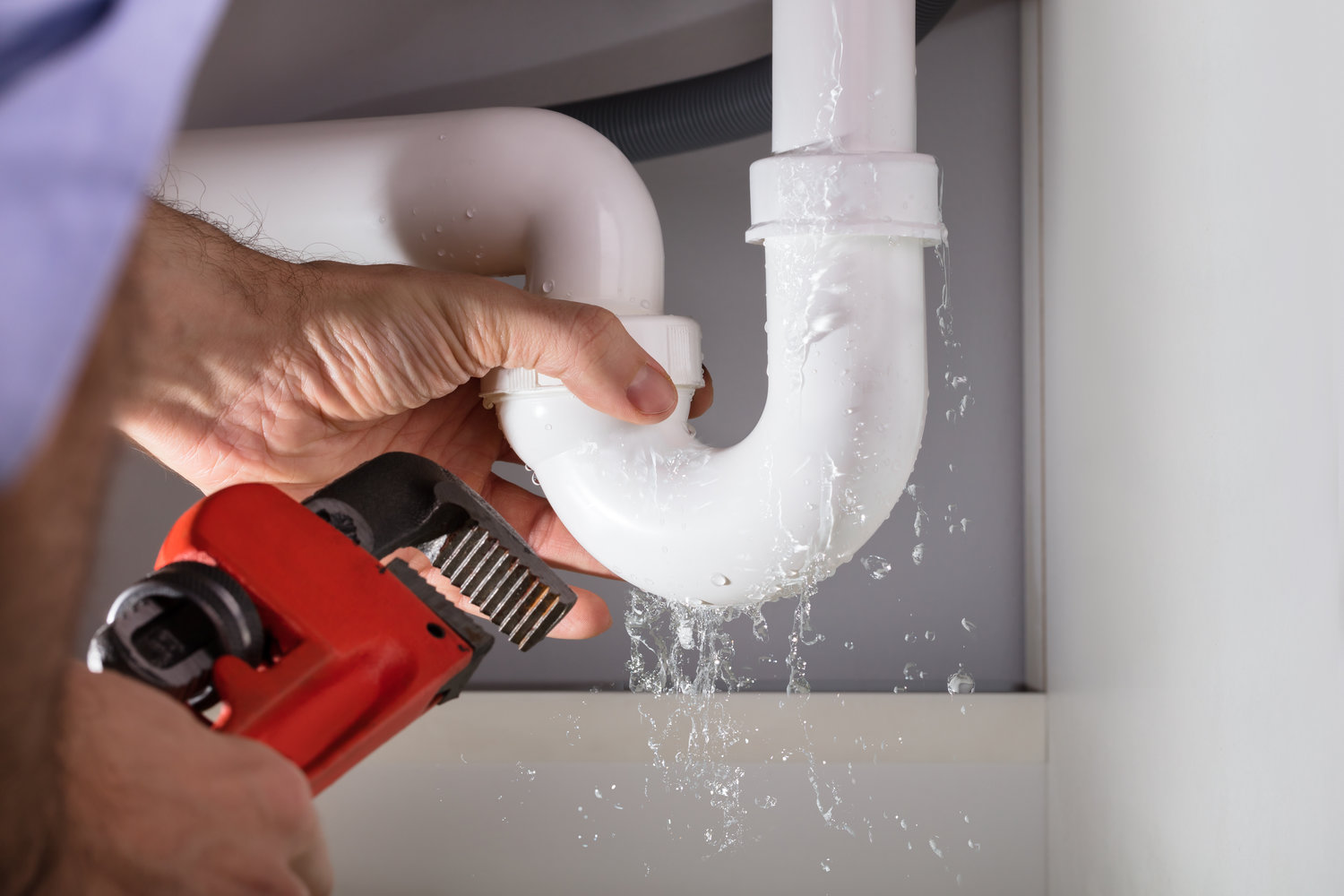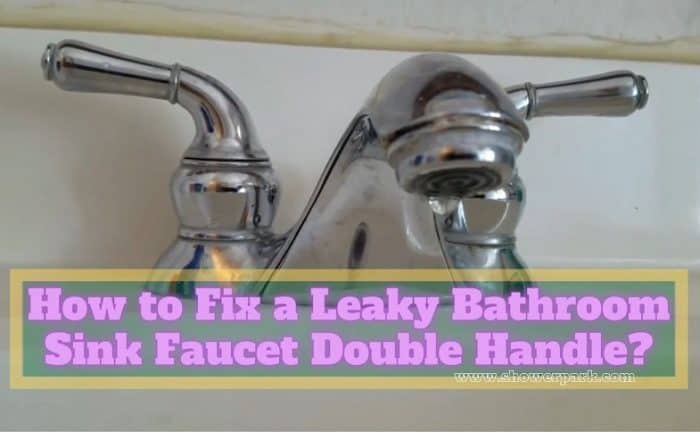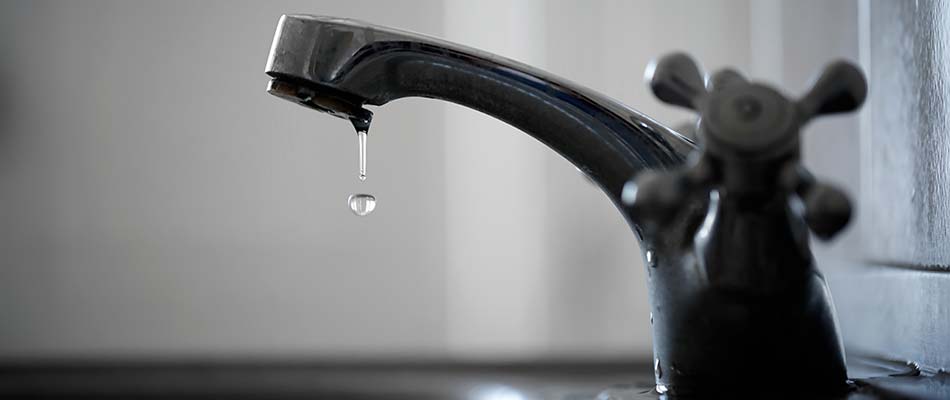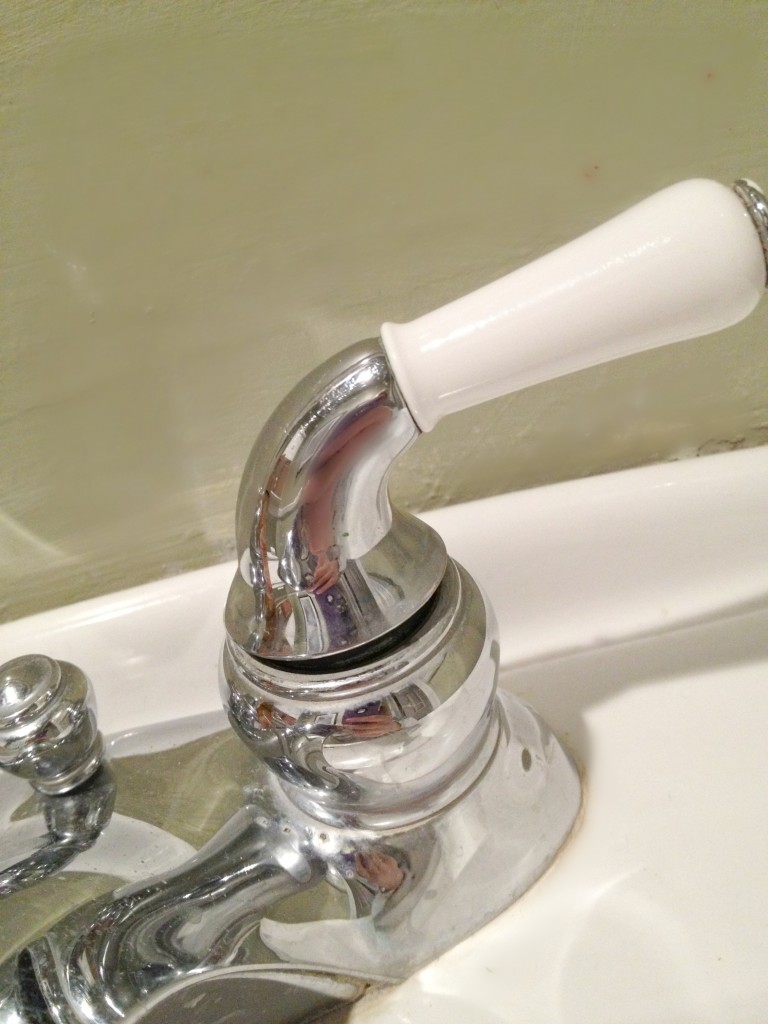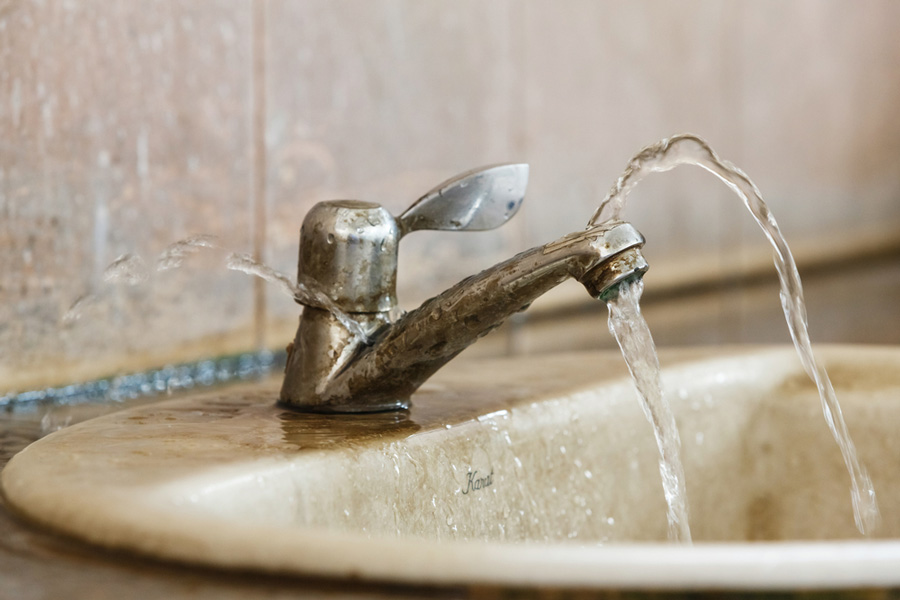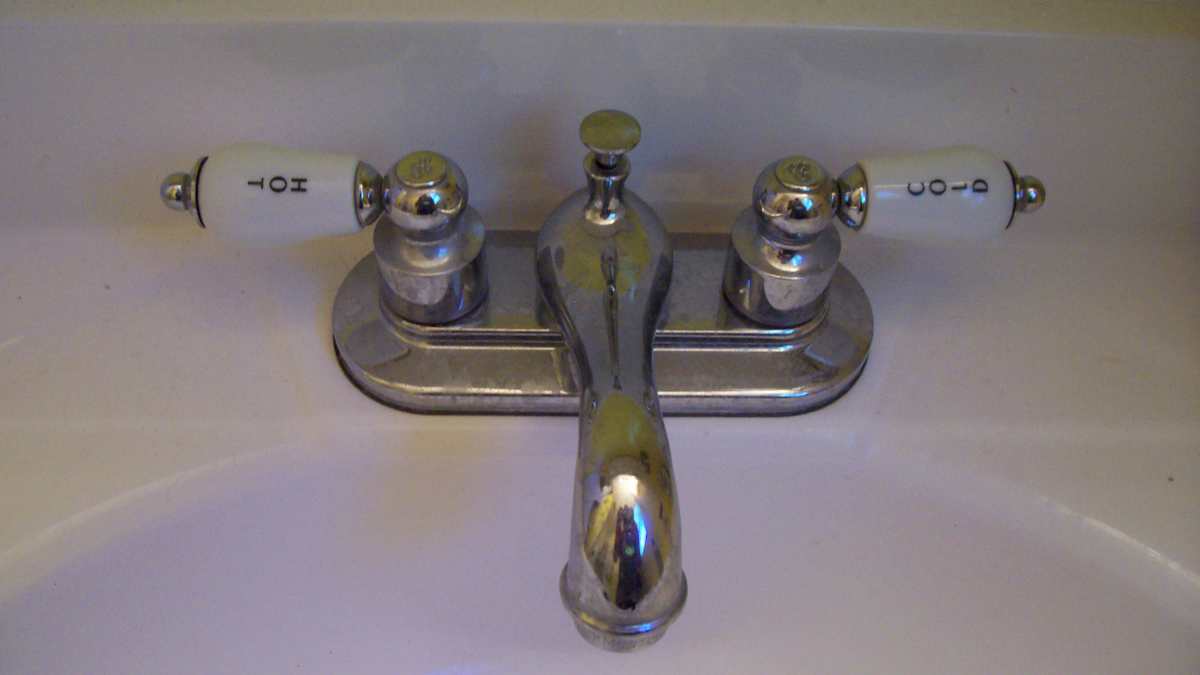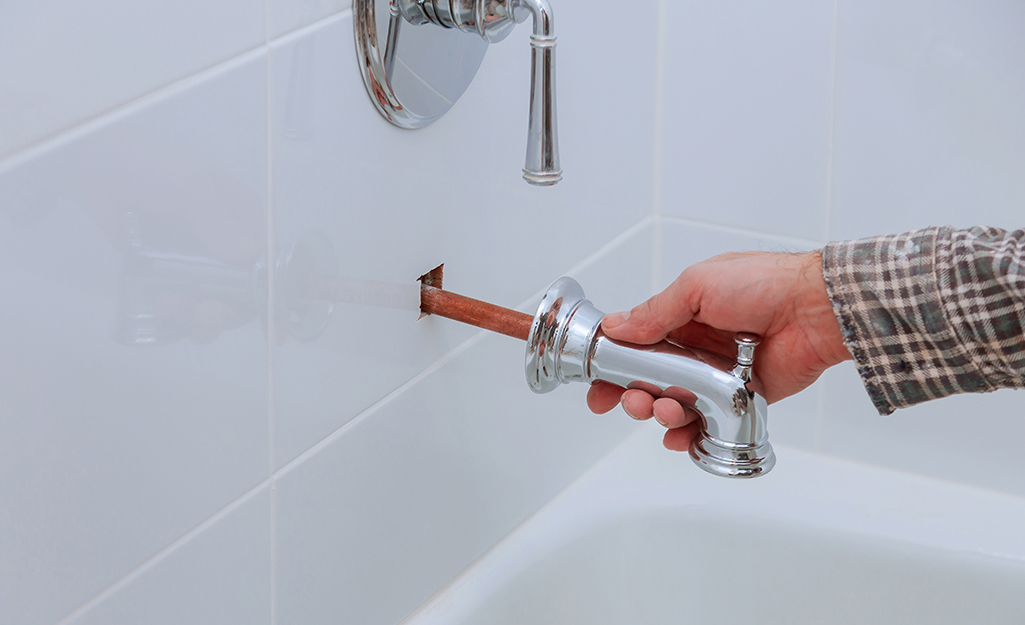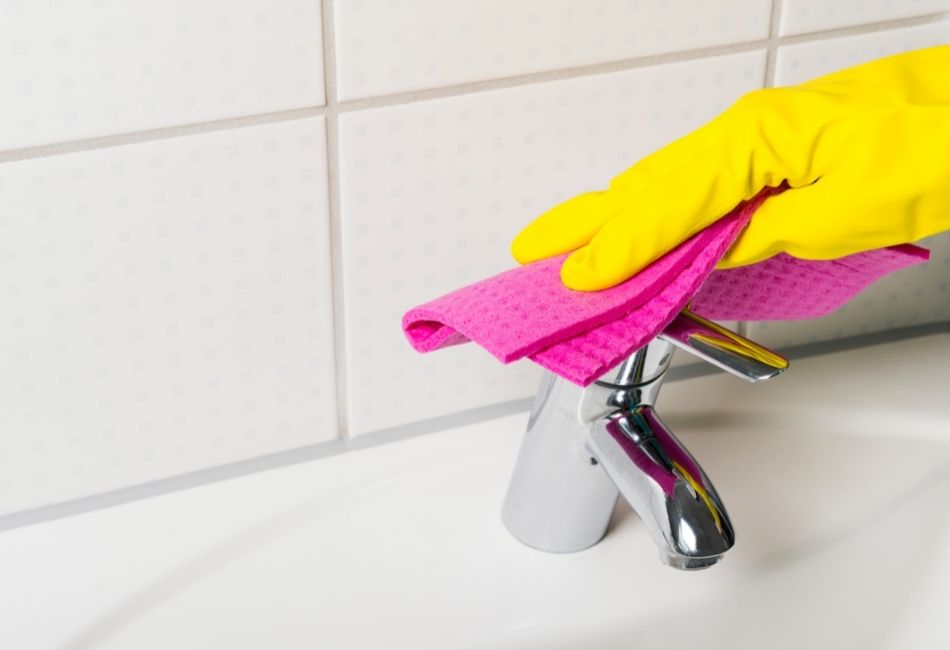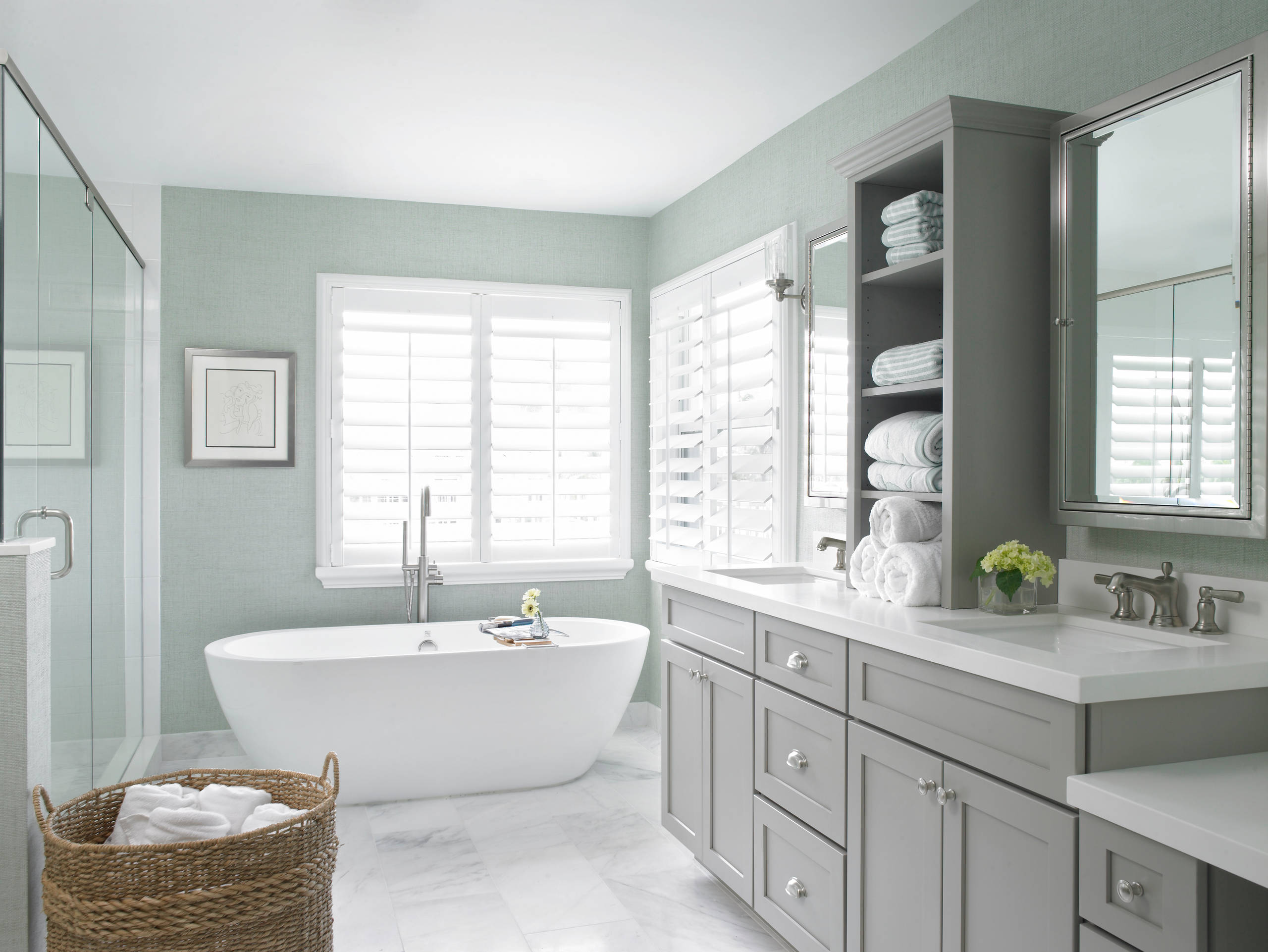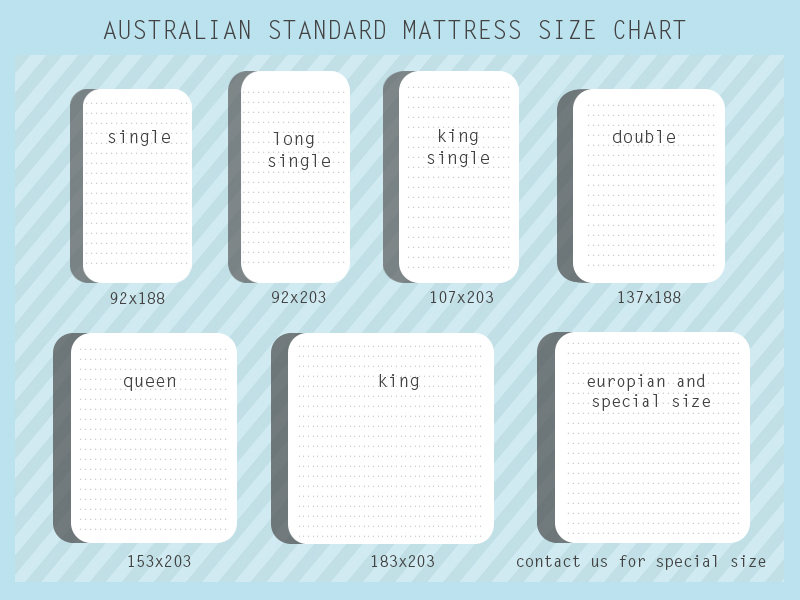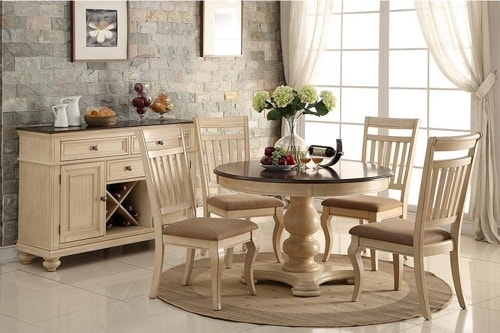If you've noticed a constant drip or puddle of water under your bathroom sink, chances are you have a leaky faucet. Not only is this an annoying and wasteful problem, but it can also lead to higher water bills and potential damage to your sink and cabinets. But don't worry, fixing a leaky bathroom sink faucet is a relatively simple task that you can do yourself.Fixing a Leaky Bathroom Sink Faucet
The first step in repairing a leaky bathroom sink faucet is to identify the source of the leak. In most cases, the cause of the leak is a worn out or damaged O-ring or washer. These small rubber pieces are responsible for creating a watertight seal and can wear out over time. To fix the leak, you will need to disassemble the faucet and replace the damaged parts.How to Repair a Leaky Bathroom Sink Faucet
If you're feeling handy, you can easily fix a leaky bathroom sink faucet yourself. Start by turning off the water supply to your sink and then remove the faucet handle. Next, use a wrench to unscrew the packing nut and remove the stem. You should now have access to the O-ring and washer, which you can replace with new ones. Reassemble the faucet and turn the water supply back on to test it out.DIY: Fixing a Leaky Bathroom Sink Faucet
Aside from worn out O-rings and washers, there are a few other common causes of a leaky bathroom sink faucet. These include a faulty cartridge, corroded valve seat, or a loose or damaged connection. If you're not able to fix the leak by replacing the O-ring or washer, it may be necessary to replace these other components.Common Causes of a Leaky Bathroom Sink Faucet
In some cases, the damage to your faucet may be too extensive to repair and it will need to be replaced. If this is the case, you can easily find a new bathroom sink faucet at your local hardware store. Make sure to choose a faucet that is compatible with your sink and has a similar style to your existing one. You can then follow the same steps as the DIY repair to install the new faucet.Replacing a Leaky Bathroom Sink Faucet
If you want to prevent a leaky bathroom sink faucet from happening in the first place, there are a few things you can do. Regularly clean and maintain your faucet to prevent buildup and corrosion. Also, don't overtighten the faucet handles as this can cause damage to the internal components. Finally, turn off the water supply to your sink if you will be away for an extended period of time.How to Stop a Bathroom Sink Faucet from Leaking
If you're still having trouble fixing a leaky bathroom sink faucet, it may be time to call in a professional plumber. They will have the expertise and tools to diagnose and fix the issue quickly and effectively. Additionally, they can also help identify any underlying problems with your plumbing that may be causing the leak.Troubleshooting a Leaky Bathroom Sink Faucet
The best way to prevent a leaky bathroom sink faucet is through regular maintenance and inspections. Check for any signs of wear or damage to your faucet and replace any worn out parts as needed. Also, be mindful of how you use your faucet and avoid putting too much pressure on the handles or spout.Preventing a Bathroom Sink Faucet from Leaking
In addition to a constant drip or puddle of water, there are a few other signs that your bathroom sink faucet may be leaking. These include low water pressure, rust or corrosion on the faucet, or a musty odor coming from under the sink. If you notice any of these signs, it's important to address the issue as soon as possible to prevent further damage.Signs that Your Bathroom Sink Faucet is Leaking
While you may be able to fix a leaky bathroom sink faucet yourself, it's always a good idea to consult a professional plumber for more complex or persistent leaks. They can ensure that the repair is done correctly and help identify any other potential issues with your plumbing. Plus, it will save you the time and hassle of trying to fix it yourself.Professional Repair for a Leaky Bathroom Sink Faucet
How to Fix an Old Bathroom Sink Faucet That is Leaking

Introduction
 When it comes to house design, the smallest details can make a big impact. One such detail is the bathroom sink faucet. Not only does it play a functional role in providing water for daily use, but it also adds to the overall aesthetic of the bathroom. However, as with any fixture in the house, over time, the sink faucet may start to show signs of wear and tear. One common issue that homeowners face is a leaking bathroom sink faucet, especially in older homes. Not only can this be a nuisance, but it can also lead to water wastage and increased utility bills. In this article, we will guide you through the steps to fix an old bathroom sink faucet that is leaking, so you can keep your bathroom looking and functioning its best.
When it comes to house design, the smallest details can make a big impact. One such detail is the bathroom sink faucet. Not only does it play a functional role in providing water for daily use, but it also adds to the overall aesthetic of the bathroom. However, as with any fixture in the house, over time, the sink faucet may start to show signs of wear and tear. One common issue that homeowners face is a leaking bathroom sink faucet, especially in older homes. Not only can this be a nuisance, but it can also lead to water wastage and increased utility bills. In this article, we will guide you through the steps to fix an old bathroom sink faucet that is leaking, so you can keep your bathroom looking and functioning its best.
Identifying the Problem
 Before you can fix the leaking faucet, it's important to understand the root cause of the problem. There are a few potential reasons why your old bathroom sink faucet may be leaking. It could be due to a worn-out O-ring, a worn-out washer, or a faulty valve. The O-ring is a small rubber ring that sits inside the faucet and helps create a watertight seal. The washer, on the other hand, is a small disc that is responsible for controlling the flow of water. If either of these parts is damaged or worn out, it can cause the faucet to leak. The valve, which is responsible for controlling the water flow from the pipes, can also wear out over time and cause a leak.
Before you can fix the leaking faucet, it's important to understand the root cause of the problem. There are a few potential reasons why your old bathroom sink faucet may be leaking. It could be due to a worn-out O-ring, a worn-out washer, or a faulty valve. The O-ring is a small rubber ring that sits inside the faucet and helps create a watertight seal. The washer, on the other hand, is a small disc that is responsible for controlling the flow of water. If either of these parts is damaged or worn out, it can cause the faucet to leak. The valve, which is responsible for controlling the water flow from the pipes, can also wear out over time and cause a leak.
Gathering the Necessary Tools
 Once you have identified the problem, you will need to gather the necessary tools to fix it. These may include an adjustable wrench, a flathead screwdriver, and replacement parts such as O-rings, washers, and valves. It's important to make sure you have the correct replacement parts for your specific faucet model to ensure a successful fix.
Once you have identified the problem, you will need to gather the necessary tools to fix it. These may include an adjustable wrench, a flathead screwdriver, and replacement parts such as O-rings, washers, and valves. It's important to make sure you have the correct replacement parts for your specific faucet model to ensure a successful fix.
Fixing the Leak
 Now that you have all the tools and replacement parts, it's time to fix the leak. Begin by turning off the water supply to the sink faucet by shutting off the valves located under the sink. Next, use the adjustable wrench to loosen the nut that holds the faucet in place. Once the nut is loose, you can remove the old O-ring and washer and replace them with the new ones. If the valve is the cause of the leak, you will need to replace it as well. Once all the parts are replaced, reattach the faucet and turn on the water supply. Test the faucet to ensure the leak has been fixed.
Now that you have all the tools and replacement parts, it's time to fix the leak. Begin by turning off the water supply to the sink faucet by shutting off the valves located under the sink. Next, use the adjustable wrench to loosen the nut that holds the faucet in place. Once the nut is loose, you can remove the old O-ring and washer and replace them with the new ones. If the valve is the cause of the leak, you will need to replace it as well. Once all the parts are replaced, reattach the faucet and turn on the water supply. Test the faucet to ensure the leak has been fixed.
Final Thoughts
 In conclusion, a leaking bathroom sink faucet in an old house is a common issue that can be easily fixed with the right tools and replacement parts. It's important to regularly check and maintain your bathroom fixtures to prevent such issues from arising. By following the steps outlined in this article, you can fix the leak and keep your bathroom looking and functioning its best. Remember, attention to the smallest details goes a long way in creating a well-designed and functional home.
In conclusion, a leaking bathroom sink faucet in an old house is a common issue that can be easily fixed with the right tools and replacement parts. It's important to regularly check and maintain your bathroom fixtures to prevent such issues from arising. By following the steps outlined in this article, you can fix the leak and keep your bathroom looking and functioning its best. Remember, attention to the smallest details goes a long way in creating a well-designed and functional home.



